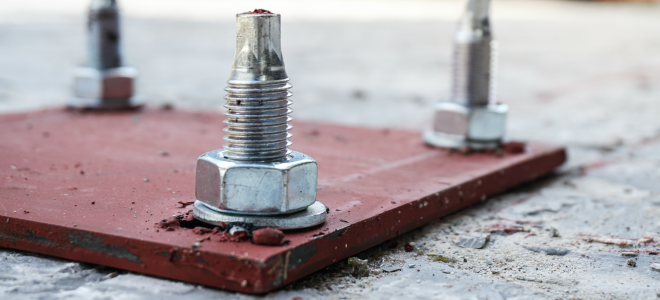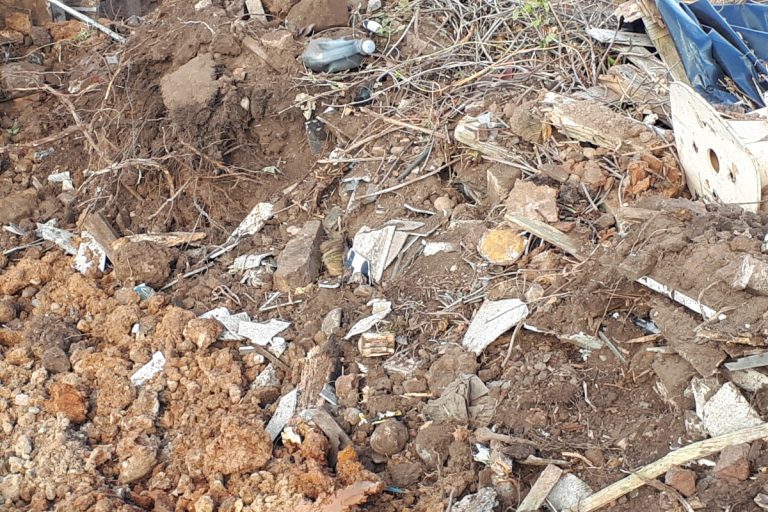How to Remove Heavy Duty Anchors: Tips and Tricks
Heavy-duty anchors are commonly used in construction and manufacturing to secure equipment to walls or floors. These anchors are designed to be strong and long-lasting, but sometimes they need to be removed. Removing heavy-duty anchors requires proper tools and techniques to prevent damage to the surrounding area and injury to workers. This article will outline tips and tricks for removing heavy-duty anchors.
Definition of Heavy Duty Anchors
Heavy-duty anchors are typically made from strong materials such as steel or concrete and can vary in size and shape. They are used to secure large equipment to walls or floors in warehouses, factories, and construction sites.
Reasons for Heavy Duty Anchor Removal
Heavy-duty anchors may need to be removed for various reasons, including:
- The anchor is no longer needed
- The equipment has been relocated
- The anchor is damaged or rusted
- The building needs to be repurposed
Preparation for Heavy Duty Anchor Removal
Before attempting to remove heavy-duty anchors, it is important to observe the necessary safety measures. This includes wearing protective gear such as goggles, gloves, and hardhats. Additionally, it is important to ensure a safe working environment by removing any hazardous debris or material from the working area.
The next phase is to ensure that the right tools and equipment are readily available. The most common tools used for heavy-duty anchor removal include a hammer, grinder, cutting torch, and drilling machine. The specific tools required will depend on the type of anchor being removed.
Methods of Heavy Duty Anchor Removal
There are various methods that can be used for heavy-duty anchor removal. The most commonly used methods include:
Hammering
Hammering involves using a hammer and chisel to break the anchor away from the concrete surface. This method is only suitable for smaller anchors and may not be effective for larger anchors.
Cutting
Cutting involves using a saw or cutting torch to cut the anchor close to the wall or floor. This method is effective for anchors that are flush with the surface and are difficult to remove by other means.
Grinding
Grinding involves using a grinder or abrasive disc to wear down the anchor until it can be removed easily. This method is often used when the anchor cannot be cut or hammered.
Drilling
Drilling involves using a drilling machine to drill through the anchor until it can be unscrewed or pulled out. This method is typically used for larger anchors that cannot be removed by other means.
Tips and Tricks for Heavy Duty Anchor Removal
Removing heavy-duty anchors can be a challenging task, but there are a few tips and tricks that can make the process easier:
Lubricating the Anchor
Before attempting to remove the anchor, it’s a good idea to apply lubricant such as WD-40 to the threads of the anchor. This can help to loosen any rust or corrosion and make it easier to remove.
Adding Heat to the Anchor
Adding heat to the anchor using a blowtorch or heat gun can help to loosen any rust or corrosion and make it easier to remove. However, this method should be used with caution as it can damage the surrounding area.
Using the Correct Method for the Type of Anchor
Each type of anchor requires a specific method for removal, and using the wrong method can lead to increased difficulty and potential damage. Always ensure that the correct method is used for the type of anchor being removed.
To read more about this topic, check out previous blog post at Anchor Bolt Removal: The Best Practices for a Smooth Process
For more general information on building then please visit: https://www.building.vic.gov.au/
Removing heavy-duty anchors can be a challenging task, but with the right tools and techniques, it can be done safely and effectively. Always observe the necessary safety measures, choose the correct method for the type of anchor, and try out the tips and tricks outlined here to make the process easier and more efficient.







